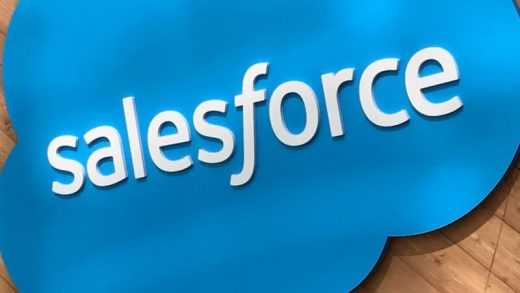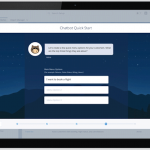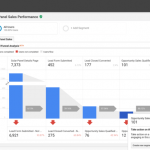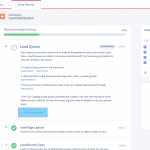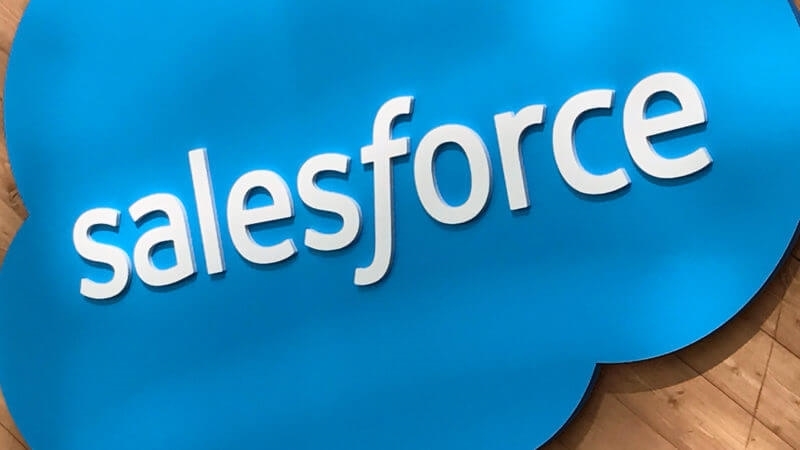Salesforce buys MuleSoft and adds an Integration Cloud
The $6.5 billion acquisition means that the CRM is now firmly in the business of Integration-Platform-as-a-Service.
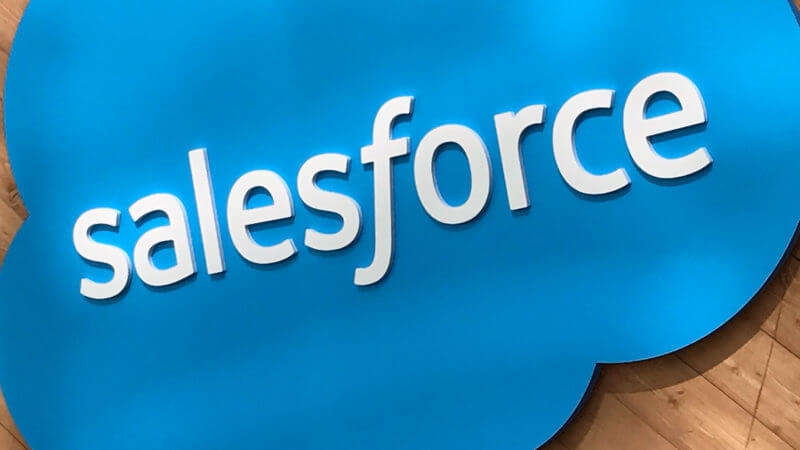
Salesforce announced Tuesday it has signed an agreement to buy data integration vendor MuleSoft for $6.5 billion as the backbone for a new Integration Cloud.
With more than 1,200 client companies in 60 countries, San Francisco-based MuleSoft offers a platform for building application networks that connect apps, data and devices.
In a statement, the CRM-centered giant said the acquisition will allow it to “unlock data across legacy systems, cloud apps and devices to make smarter, faster decisions and create highly differentiated, connected customer experiences.”
The new Integration Cloud will offer an Integration-Platform-as-a-Service that is intended to let enterprises access any data anywhere.
Doesn’t Salesforce already have the capability to integrate data from anywhere?
Kelsey Mason, a senior analyst with research firm Technology Business Research, wrote in a blog post today:
While the front-office aspect of digital transformation is important, true enterprise-wide digital transformation cannot occur without access to back-office systems that Salesforce lacks within its own portfolio and the insights that come from those systems and solutions. Though Salesforce could acquire its way into the ERP market, legacy giants SAP and Oracle, as well as custom-built ERP systems, will continue to occupy the majority of large enterprises’ back office IT environments.
She added that MuleSoft’s AnyPoint Platform, which can be deployed on-premises or in the cloud, helps enterprises create and manage APIs (application programming interfaces) that can connect with legacy and cloud systems, as well as with the wide diversity of Internet of Things devices.
Analyst David Raab, founder of the Customer Data Platform (CDP) Institute, told me that it wasn’t clear yet what synergy Salesforce-plus-MuleSoft offers that wasn’t available before to a client that was a customer of both companies. But the ability to connect to the growing number of diverse Internet of Things devices, and to share data across vendors and enterprises, is now inside Salesforce.
In a blog post, Raab pointed out that the acquisition shows that, instead of pulling all customer data into a single repository as envisioned by CDPs, Salesforce has “adopted the Adobe approach” of connecting data that sits in its system of origin. Or, as Salesforce put it, “wherever it resides.”
Raab acknowledged that separate databases for customer data have some advantages as well as disadvantages. On the negative side, there can be a lot of replication of data, not to mention data conflicts — differing email addresses, for instance — that need to be continually resolved.
On the other hand, he noted, there might be local history attached to the data that could be lost if it all moved to a central system. He also pointed out that most CDPs “can access external data in place,” so less data needs to be moved and highly volatile info like weather, stock prices or product inventories can be immediately used at their sources.
MuleSoft could push data from all these sources into one persistent database, like Salesforce’s CRM, but Raab notes that MuleSoft doesn’t really support a CDP-like structure because it doesn’t have such capabilities as unifying customer identity.
Marketing Land – Internet Marketing News, Strategies & Tips
(46)

